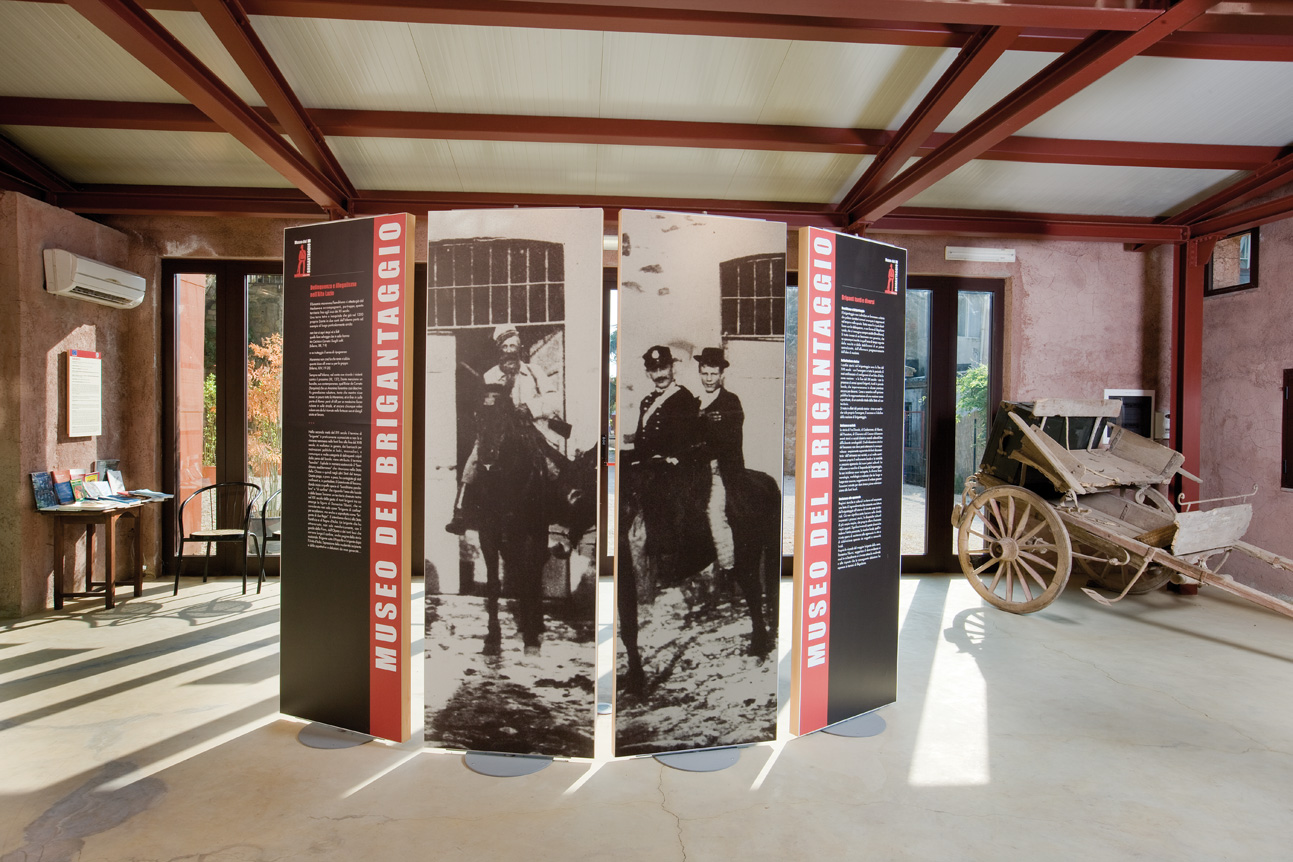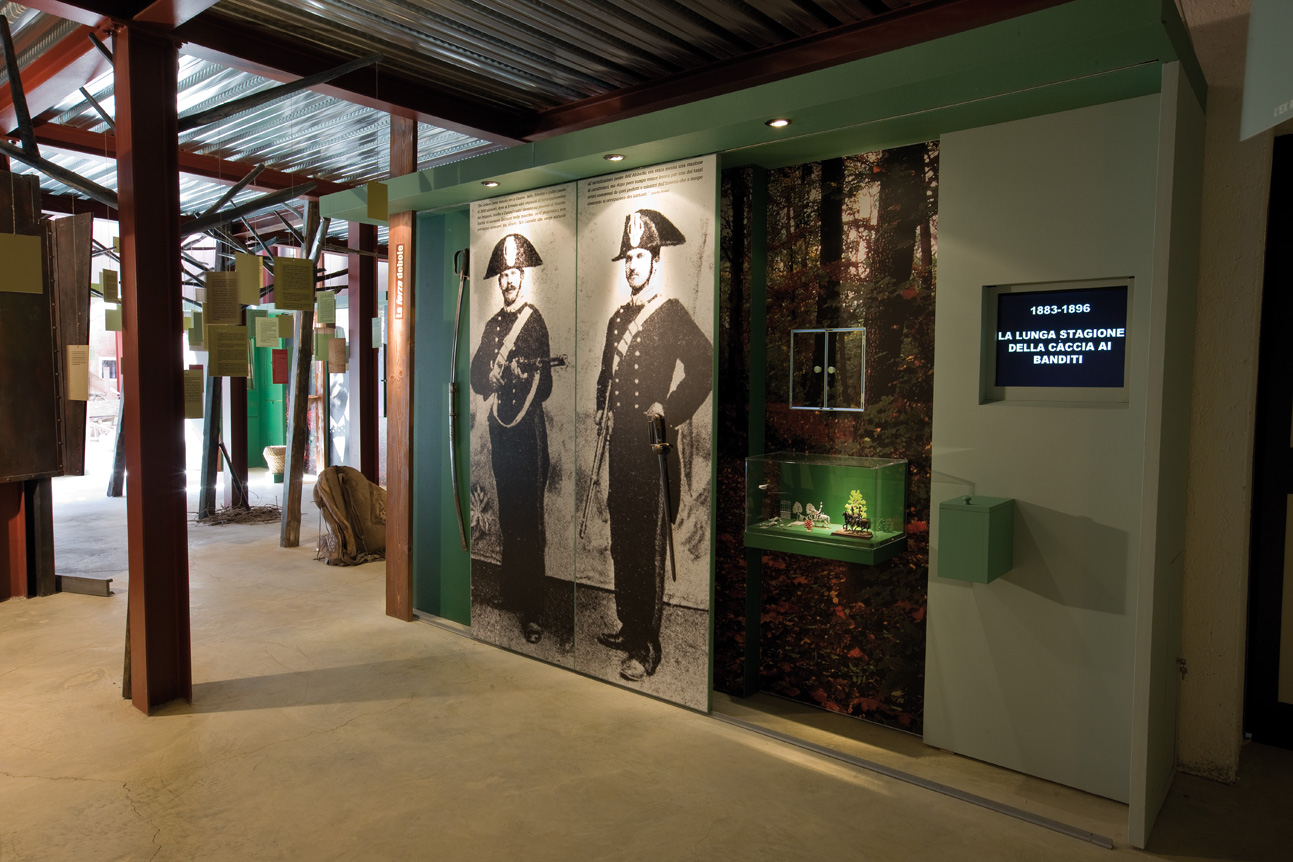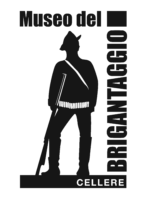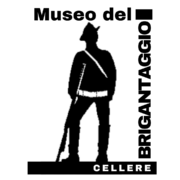
Ground floor
1893 -1896
On the trails of journalist Adolfo Rossi “nel regno di Tiburzi”
Theground floor installment covers a period of approximately 3 years, from 1893 (year of the Viterbo judicial proceedings and also the last time there was reliable information about Tiburzi) to 1896, the year of the brigand’s death. The news reports that accompany visitors through the exhibition belong to Adolfo Rossi, renowned journalist from La Tribuna, one of the most important daily newspapers at the time. Back in 1893, Rossi was dispatched to Viterbo as a correspondent in order to report on the Processone ai manutengoli di Tiburzi (a judicial proceeding for Tiburzi’s accomplices to put it in modern terms), held at the former Discalced Carmelites Convent, turned into a courtroom for the occasion. During the breaks between judicial hearings, through makeshift means, Rossi passed through the places frequently visited by brigands and managed to conduct a series of interviews with prominent and local figures (among which was the “impossible” interview with Tiburzi himself). His correspondence was eventually gathered and turned into a book called: Nel Regno di Tiburzi (In Tiburzi’s kingdom).
Bits and pieces of this written work have been used to weave a narrative that connects some of the main aspects of brigandage in the Maremma and recalls what has been defined by some as “l’epopea di Tiburzi” (“Tiburzi’s epic”).
Some of these texts are exhibited along the itinerary in a series of graphic findings that highlight the excavation and interpretative work done by the Museum curators in order to unearth the underlying reasoning behind Rossi’s writing and his particular social and cultural point of view.
Because it’s important to remember that the only source of information on Tiburzi at the time, for Italy and the world, was Rossi and what he wrote based on his education and social identity: a perception and point of view that have undergone a careful anthropological investigation.

That’s precisely why the Museo del brigantaggio manages to tell the epic tale of the brigand Tiburzi, exploring multiple layered realities (the educated middle class, the local cultures) and offering different interpretative frameworks.
Right in the middle of the ground floor stands the simulacrum of a train.
Thanks to a skillful montage of images, visitors can observe what a traveler from the late nineteenth century might have seen while glancing out a train window, if one had indeed passed through the town of Cellere.
A train promised, but never built, that would have carried northern Lazio (not only symbolically) to modernity. A modernity that was desired, promised and ultimately denied, whose failure to complete resulted in an unexpected outcome. This is the interpretation the museum offers.
In the middle of the ground floor are trees covered in leaves, each offering archival documents and texts from historical sources.








